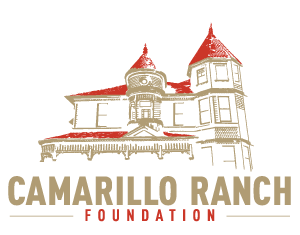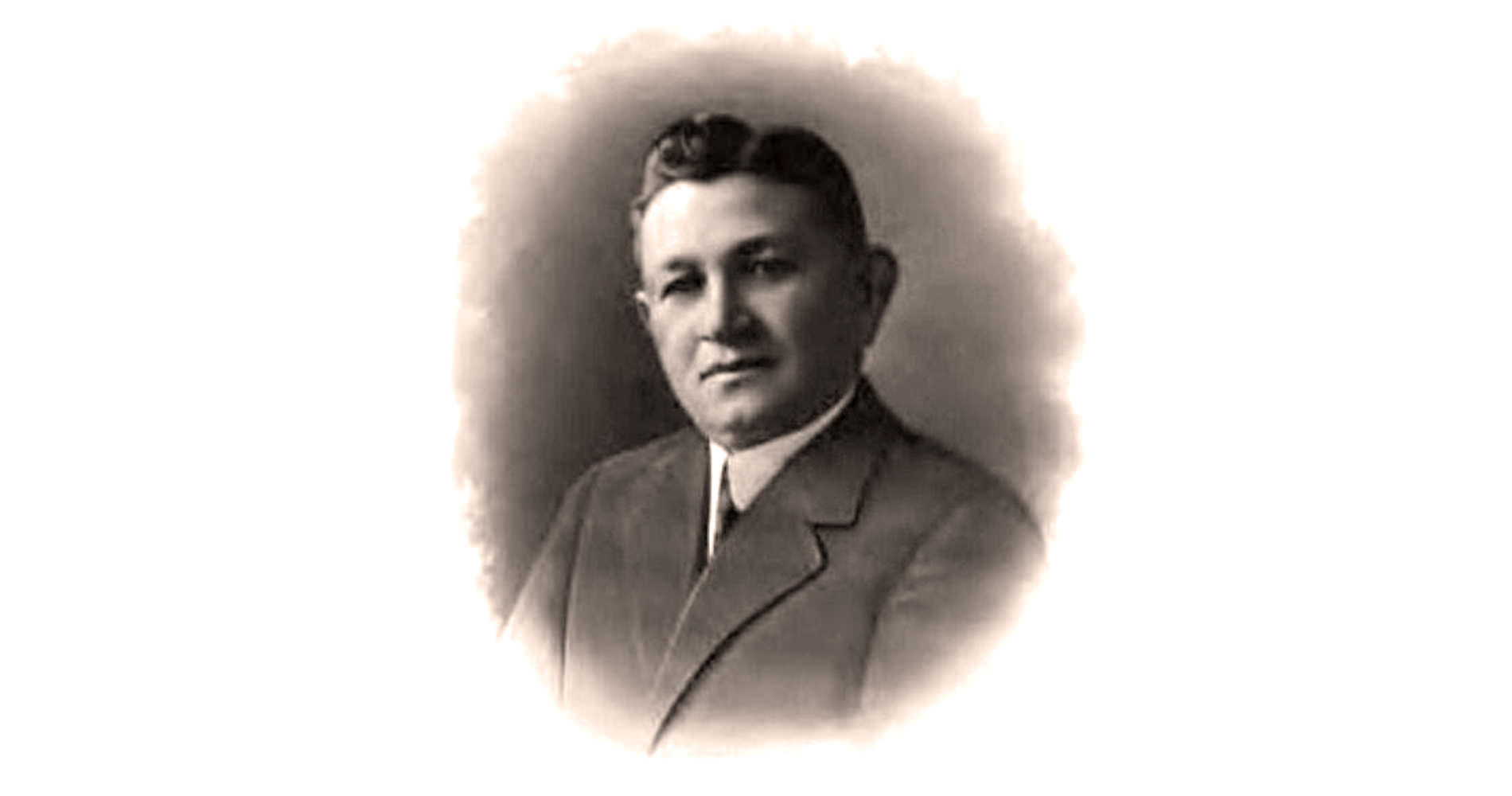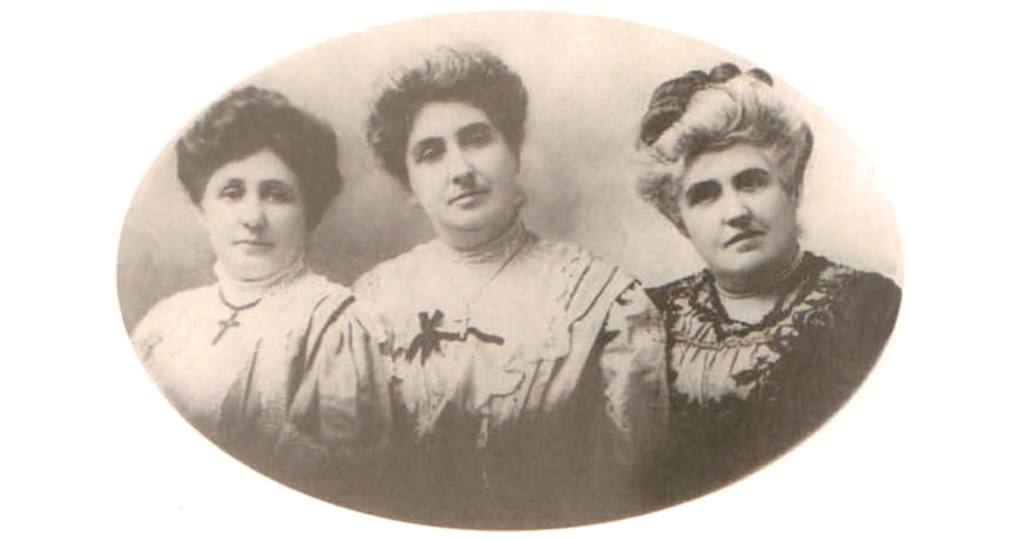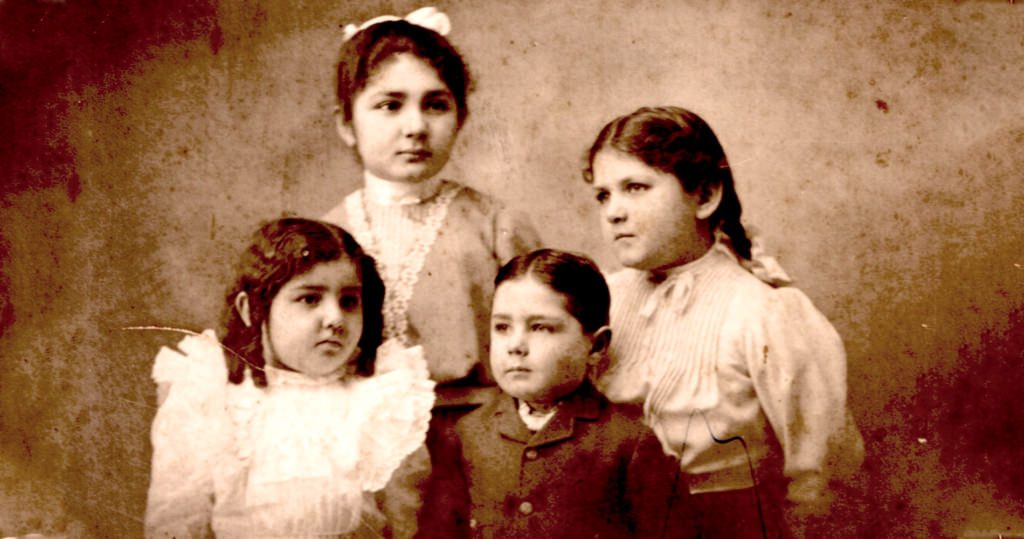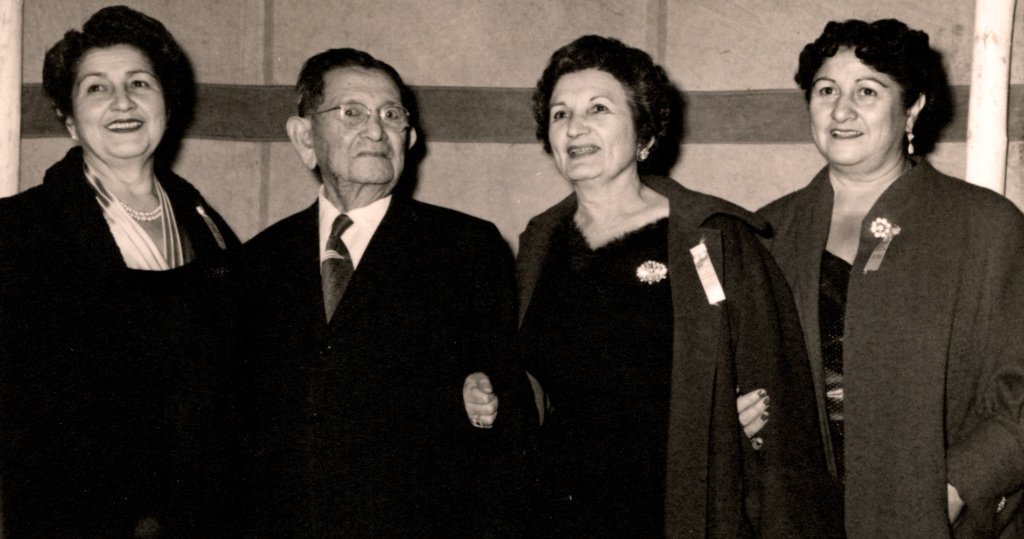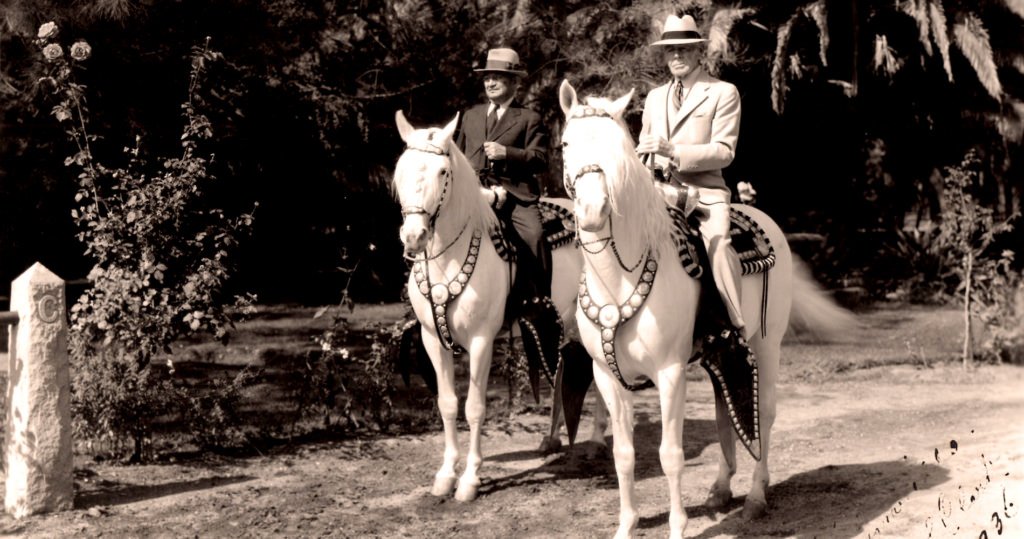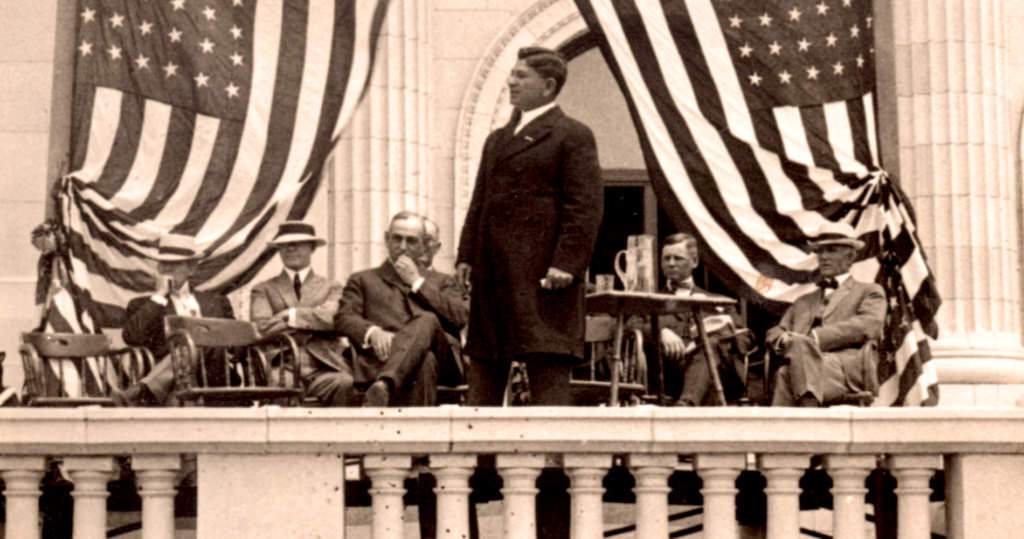ADOLFO'S LEGACY
Adolfo Camarillo was innovative and a forward thinker for his times.
Adolfo Camarillo was a dedicated community leader, an innovative businessman, a generous employer, and a loving father and husband.
Early Life
Adolfo Camarillo was born on October 29, 1864 in his family’s adobe home at the northeast corner of Main Street and Ventura Avenue in Ventura. The site is now marked by apartments and stands just a block away from San Buenaventura Mission where Adolfo was baptized. He was the eldest son of Juan Camarillo, Sr., and Martina Hernandez and the 12th of 14 children, six of whom would survive to adulthood.
Although he would grow up to have a historic impact on Ventura County, Adolfo’s childhood was typical. He was assigned chores by his parents, such as cleaning and lighting each of the 21 lamps in their home. He loved horses and playing with his brother. Sometimes this led to trouble- in 1870 six-year-old Adolfo and his younger brother Juan, Jr. were throwing rocks at the Ventura school and broke two lights. Their father had to pay the Ventura School District a fine of 50 cents.
Taking Rancho Calleguas in a New Direction
After his father’s death in 1880, sixteen-year-old Adolfo Camarillo found himself in charge of the nearly 10,000-acre family ranch. He graduated from Woodbury College and quickly developed the mainly cattle ranch into a diverse thriving agricultural business growing lima beans, walnuts, barley, citrus, avocado, and other crops. In collaboration with Joseph Lewis, he also operated a dairy on the Ranch (now the site of Leisure Village). Adolfo would manage Rancho Calleguas (later known as Camarillo Ranch) for a total of 78 prosperous years.
Romance & Family
Adolfo’s future bride was the daughter of a prominent Ventura County family with Spanish and English heritage. Isabel Menchaca and Adolfo Camarillo had met in their childhood, but romance bloomed years later on a series of carefully chaperoned outings. She was charmed by Adolfo, an excellent horseman who would show off by riding full stride and leaning over in the saddle to snatch a flower from a bush and present it for her approval.
They married on January 10, 1888, and raised five children to adulthood: Rosa, Ave Maria, Isabella, Francisco, and Carmen. The Camarillo children grew up in the beautiful, rambling Victorian home that can still be toured by visitors today. As they married and started families of their own, Adolfo’s family grew to include 10 grandchildren, 28 great-grandchildren, and many great-great-grandchildren. Descendants of the family are still active in the Foundation to this day.
Remembering the ‘Last Spanish Don’
Adolfo Camarillo died from pneumonia at the age of 94 on December 10, 1958. Born during the American Civil War, he had lived to see the turn of the century, two World Wars, and the beginning of the Civil Rights Movement. Residents of Ventura County can see his legacy carved into the local landscape, displayed at the beautifully restored 1892 Camarillo Ranch House, and kept alive in the memories and traditions of those who honor him today.
- Innovation: Adolfo Camarillo was innovative and a forward thinker for his times. He owned one of the first cars in Ventura County, and one of the first telephones as well. He also owned the very first-walk in refrigerator, which he bought at the Pan American Exposition in San Francisco in 1910. It can still be seen today on tours of the Camarillo Ranch House. One of his signature achievements is the creation of a beautiful, distinctive breed of horse called the Camarillo White Horse. These horses are still paraded today at Camarillo Ranch events and other special occasions statewide.
- Education: Adolfo Camarillo passionately believed in the value of education. All five of his children went to college, and he ensured that all children who lived on his Ranch also received an education. Out in the community, he served on the Pleasant Valley School Board for over 50 years, and donated 50 acres of his land to be developed into a high school which still operates today and bears his name.
- Civic Service: Adolfo believed in serving his community. He was an active and dedicated member of an astounding 38 organizations or boards in his lifetime, averaging a tenure of 24 years with each and often serving in a leadership role. These included: Camarillo Chamber of Commerce, Rotary Club of Camarillo, Ventura County Board of Supervisors, Ventura County Fair Board, California State Fair Board, Historical Society of Southern California, and several other financial, agricultural, and religious organizations.
- Generosity: As an employer and landowner, Adolfo was generous with his resources. All Ranch employees lived on the property, were provided with land to grow their own crops, and were encouraged by Adolfo to sell crops leftover after the main harvest to supplement their income. When the Southern Pacific Railroad was looking to expand in 1899, Adolfo granted them right of way to lay tracks on his land and establish a receiving station, which was consequently named “Camarillo.” Over 30 years later, he would extend the same offer for the widening of Highway 101 on the Conejo Grade at the eastern edge of his land. Today, that stretch of highway leading from the top of the Conejo Grade down into the City of Camarillo has been designated appropriately as ‘The Adolfo Camarillo Memorial Highway.’
- Hospitality: A warm and gracious host, Adolfo loved to throw large barbeques and parties for family and friends, ranch employees, and the local community. These were lively and colorful events, attracting visitors from far reaches of California as well as the world. The historical family guestbook remains on display today at the Camarillo Ranch House for modern guests to admire.
